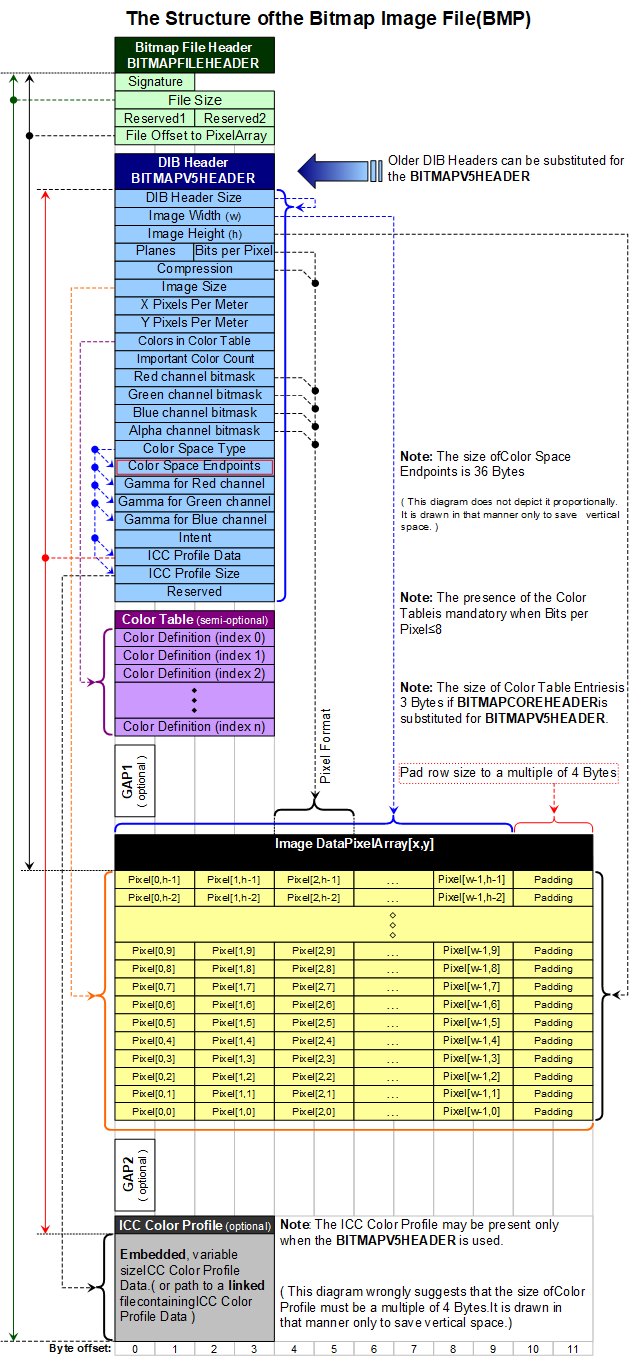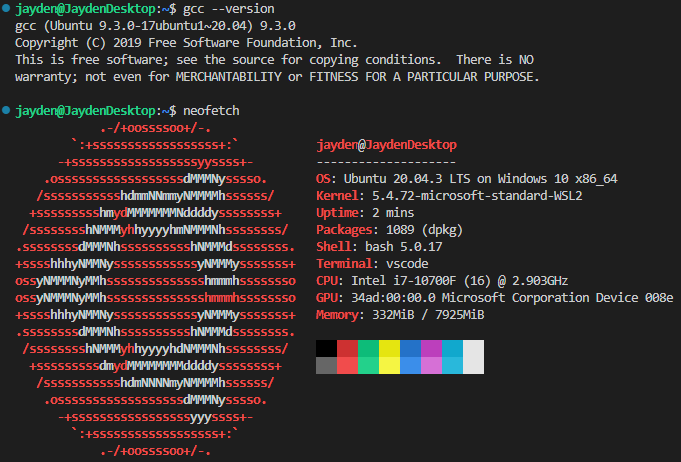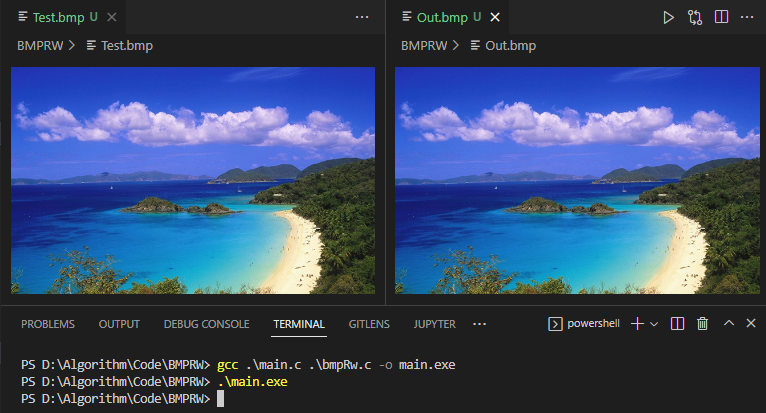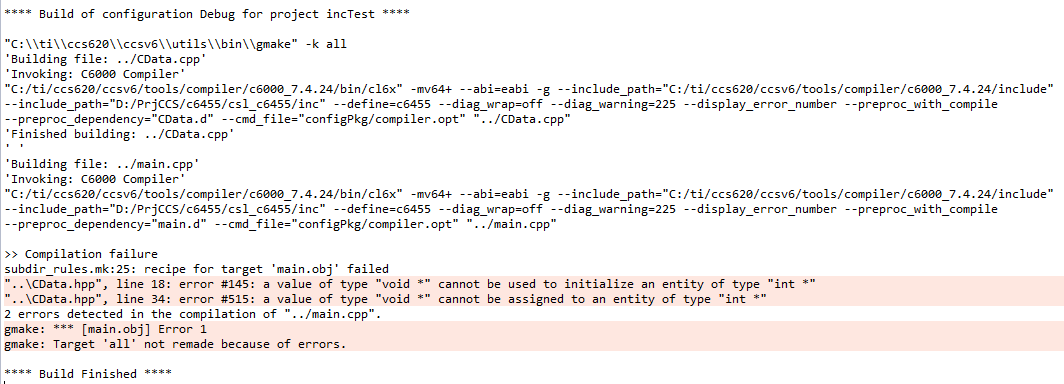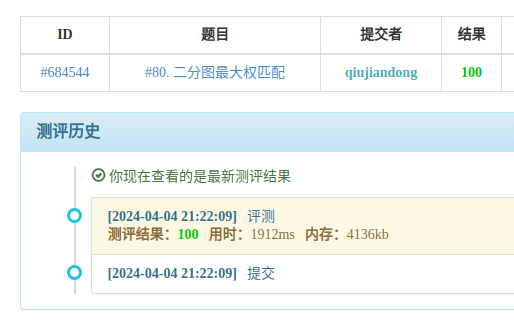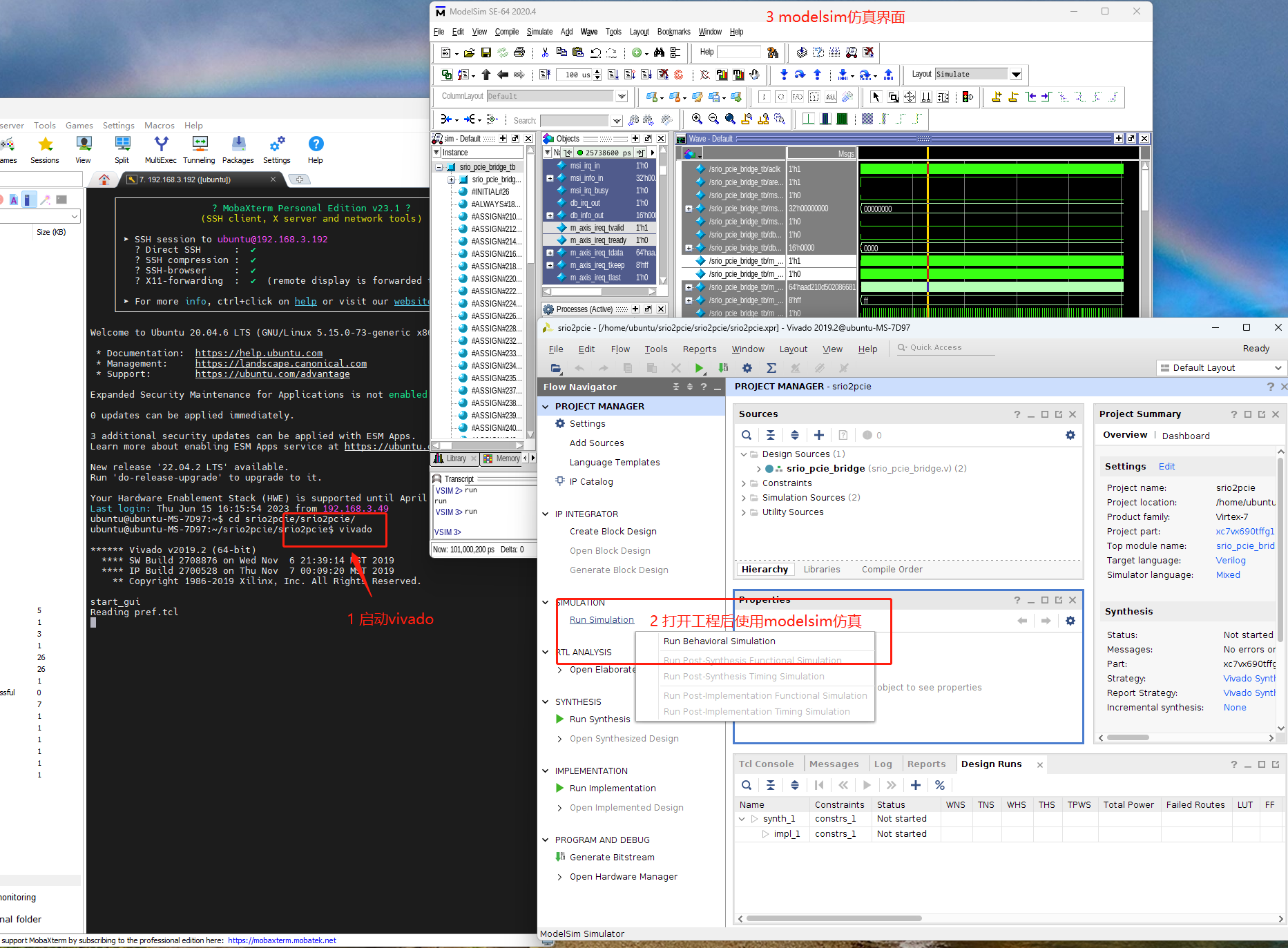1
2
3
4
5
6
7
8
9
10
11
12
13
14
15
16
17
18
19
20
21
22
23
24
25
26
27
28
29
30
31
32
33
34
35
36
37
38
39
40
41
42
43
44
45
46
47
48
49
50
51
52
53
54
55
56
57
58
59
60
61
62
63
64
65
66
67
68
69
70
71
72
73
74
75
76
77
78
79
80
81
82
83
84
85
86
87
88
89
90
91
92
93
94
95
96
97
98
99
100
101
102
103
104
105
106
107
108
109
110
111
112
113
114
115
116
117
118
119
120
121
122
123
124
125
126
127
128
129
130
131
132
133
134
135
136
137
138
139
140
141
142
143
144
145
146
147
148
149
|
#include "bmpRw.h"
#include <stdint.h>
#include <stdio.h>
#include <string.h>
#include <stdlib.h>
#include <assert.h>
typedef struct __attribute__((packed)) BITMAPFILEHEADER
{
uint16_t bfType;
uint32_t bfSize;
uint16_t bfReserved1;
uint16_t bfReserved2;
uint32_t bfOffBits;
}BITMAPFILEHEADER;
typedef struct __attribute__((packed)) BITMAPINFOHEADER
{
uint32_t biSize;
uint32_t biWidth;
uint32_t biHeight;
uint16_t biPlanes;
uint16_t biBitCount;
uint32_t biCompression;
uint32_t biSizeImage;
uint32_t biXPelsPerMeter;
uint32_t biYPelsPerMeter;
uint32_t biClrUsed;
uint32_t biClrImportant;
}BITMAPINFOHEADER;
const BITMAPFILEHEADER dstHead = {
.bfType = 19778,
.bfSize = 766136,
.bfReserved1 = 0,
.bfReserved2 = 0,
.bfOffBits = 54};
const BITMAPINFOHEADER dstInfo = {
.biSize = 40,
.biWidth = 639,
.biHeight = 399,
.biPlanes = 1,
.biBitCount = 24,
.biCompression = 0,
.biSizeImage = 766082,
.biXPelsPerMeter = 3779,
.biYPelsPerMeter = 3779,
.biClrUsed = 0,
.biClrImportant = 0};
int readBmp(char *fileName, void *pData)
{
if(!fileName || !pData){
return -1;
}
int i;
BITMAPFILEHEADER head;
BITMAPINFOHEADER info;
size_t nElemSize;
size_t nPaddingSize;
FILE *fp = fopen(fileName, "rb");
if (fp == NULL){
return -1;
}
fread(&head, sizeof(BITMAPFILEHEADER), 1, fp);
fread(&info, sizeof(BITMAPINFOHEADER), 1, fp);
nElemSize = info.biBitCount / 8;
nPaddingSize = ((info.biWidth * nElemSize + 3) & (size_t)-4) - info.biWidth * nElemSize;
fseek(fp, head.bfOffBits, SEEK_SET);
for (i = info.biHeight - 1; i >= 0; --i){
fread(pData + i * info.biWidth * nElemSize, nElemSize, info.biWidth, fp);
fseek(fp, nPaddingSize, SEEK_CUR);
}
fclose(fp);
return 0;
}
int writeBmp(char *fileName, void *pData)
{
if (!fileName || !pData) {
return -1;
}
int i;
size_t nElemSize;
size_t nPaddingSize;
FILE *fp = fopen(fileName, "wb");
if (fp == NULL) {
return -1;
}
fwrite(&dstHead, 1, sizeof(BITMAPFILEHEADER), fp);
fwrite(&dstInfo, 1, sizeof(BITMAPINFOHEADER), fp);
nElemSize = dstInfo.biBitCount / 8;
nPaddingSize = ((dstInfo.biWidth * nElemSize + 3) & (size_t)-4) - dstInfo.biWidth * nElemSize;
uint8_t *pPadding = (uint8_t *)malloc(sizeof(uint8_t) * nPaddingSize);
if(!pPadding)
return -1;
memset(pPadding, 0, sizeof(uint8_t) * nPaddingSize);
for (i = dstInfo.biHeight - 1; i >= 0; --i) {
fwrite(pData + i * dstInfo.biWidth * nElemSize, nElemSize, dstInfo.biWidth, fp);
fwrite(pPadding, 1, nPaddingSize, fp);
}
fclose(fp);
free(pPadding);
pPadding = NULL;
return 0;
}
|
